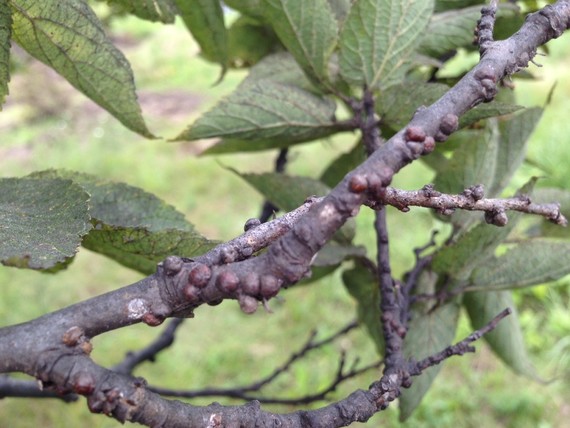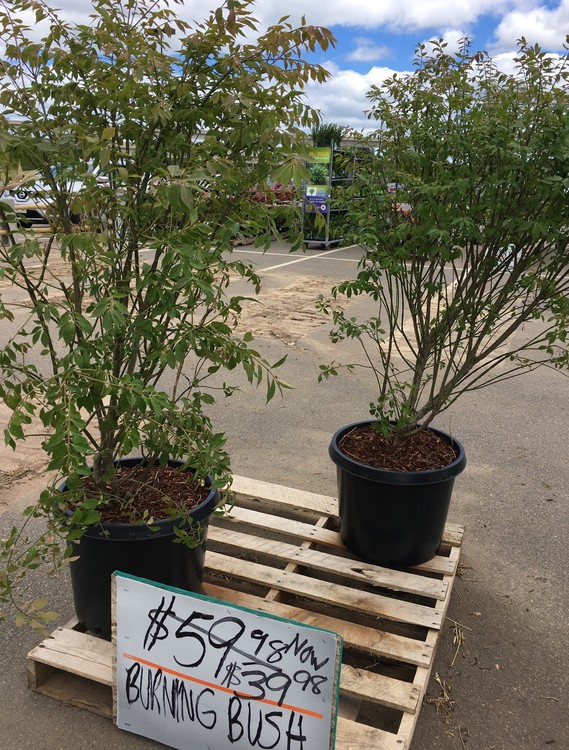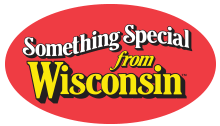 Greetings and Introductions
Dear Wisconsin nursery owner or gardener: We hope you have been enjoying the recent rains during this very busy summer. This is the first issue of what we hope will become a regular, monthly growing season update from the Wisconsin Department of Agriculture, Trade and Consumer Protection’s (DATCP) Bureau of Plant Industry. Some of you may remember receiving the weekly Pest Bulletin. Because of some website hosting changes, that publication has ended, opening up new communication opportunities. Please let us know how you like this new e-news, and send any feedback, questions, or ideas you have for future updates to datcpnursery@wisconsin.gov
Having trouble viewing this email? View it as a Web page.
Viburnum Leaf Beetle Makes its Way to Central Wisconsin with Recent Marathon County Detection
After years of causing damage in southeastern Wisconsin, viburnum leaf beetle (VLB) larvae were spotted at a nursery in the central part of the state in Wausau in early June (see images below). This pest is native to Europe and has been found in Wisconsin since 2014. It severely defoliates ornamental and native viburnums. This detection occurred on arrowwood viburnum, which, unlike the more resistant doublefile, Koreanspice, and Judd viburnum, is highly preferred by this pest. Viburnum leaf beetle infestations can be controlled with horticultural oil to smother eggs and contact insecticide to kill larvae (also known as caterpillars) and adults. Systemic insecticides may also help, but timing of the application is important for protecting pollinators. Encouraging natural predators like ladybugs and selecting resistant shrubs for landscaping also help manage this invasive insect. Learn more about viburnum leaf beetle.

Hot, Dry June Weather Promotes Plethora of Scale Insects
The hot, dry weather in Wisconsin in June resulted in DATCP inspectors finding a variety of scales during nursery inspections, including: cottony maple scale on ‘Autumn Fantasy,’ ‘Autumn Blaze,’ and ‘Sienna Glen’ maple; European elm scale on ‘Princeton’ elm; Fletcher scale on multiple varieties of arborvitae and yews; juniper scale on arborvitae and ‘blue rug’ creeping juniper; Lecanium scales on oak, hackberry and apple trees; magnolia scale on magnolia; poplar scale on quaking aspen and rose scale on prairie rose and swamp rose. In many cases throughout the state, inspectors found eggs and crawlers, the mobile stage of scale insects, hatching out and on the move. Crawlers are tiny and can be hard to see without a hand lens or other magnifier. Once properly identified, crawlers are the ideal stage for targeting effective treatments, since adult scales are covered by protective waxy coverings resembling shells. Left unchecked, scale insects reduce plant health and vigor by feeding on the plant sap causing the foliage to discolor, twig dieback and can ultimately cause plant death. For more info, check out Scale Insects – Wisconsin Horticulture
Below: Image of Lecanium scale on hackberry, Konnie Jerabek, DATCP

NR 40 Restricted and Prohibited Invasive Plants Still Illegally Sold by A Few Outlets
First, the good news: after years of Wisconsin’s invasive species rule being on the books, and countless hours spent on inspections and outreach, most licensed nurseries are no longer selling NR 40 restricted and prohibited invasive ornamentals that threaten Wisconsin’s woodlands, wetlands, and other habitats. Unfortunately, several out-of-state suppliers have still not gotten the message about Wisconsin’s prohibition on selling invasive plants. Inspectors continue to find invasive plants offered for sale at temporary garden centers and some chain stores. Common finds include burning bush, snow-on-the-mountain, and woodland forget-me-not. When found, DATCP inspectors order the plants be removed from sale and if compliance is not gained, we refer these to the Wisconsin Department of Natural Resources (DNR) enforcement. DATCP may also issue a rejection notice to the supplier and the state plant regulatory official in the state of origin to help raise awareness. View the full list of regulated plants in Wisconsin Below: Image of burning bush, Tim Allen, DATCP

 Nurseries that Join Something Special From Wisconsin Offer Quality, Locally Adapted Nursery Stock
If at least 50% of your product's ingredients, production, or processing is from or completed in Wisconsin, you are eligible to join DATCP’s Something Special from Wisconsin (SSfW) program. The time is right to gain this competitive edge, with increasing numbers of Wisconsin consumers interested in supporting local nurseries. In fact, over 70% of Wisconsin consumers are more likely to purchase a product made or grown in Wisconsin than one from outside the state, because they know that every dollar spent on this program supports local farmers and communities. For instance, we have seen an uptick in folks wanting to purchase native nursery plants for landscaping in recent years to support pollinators. This includes milkweed that monarchs need, as well as other native flowering plants that support our honey bees and Wisconsin's 400 species of native bee pollinators. We only have a dozen horticultural members right now, and there are 111 Minnesota nurseries that participate in a similar program in that neighboring state. With your help, we are hoping to double SSfW nursery participation by the end of the year. Find current members at somethingspecialwi.com and apply for membership online today at ssfwmembers.wi.gov.
More information about Wisconsin's Nursery Program: Nursery and Christmas Tree Program Webpage
Having trouble viewing this email? View it as a Web page.
Division of Agricultural Resource Management | Bureau of Plant Industry
|